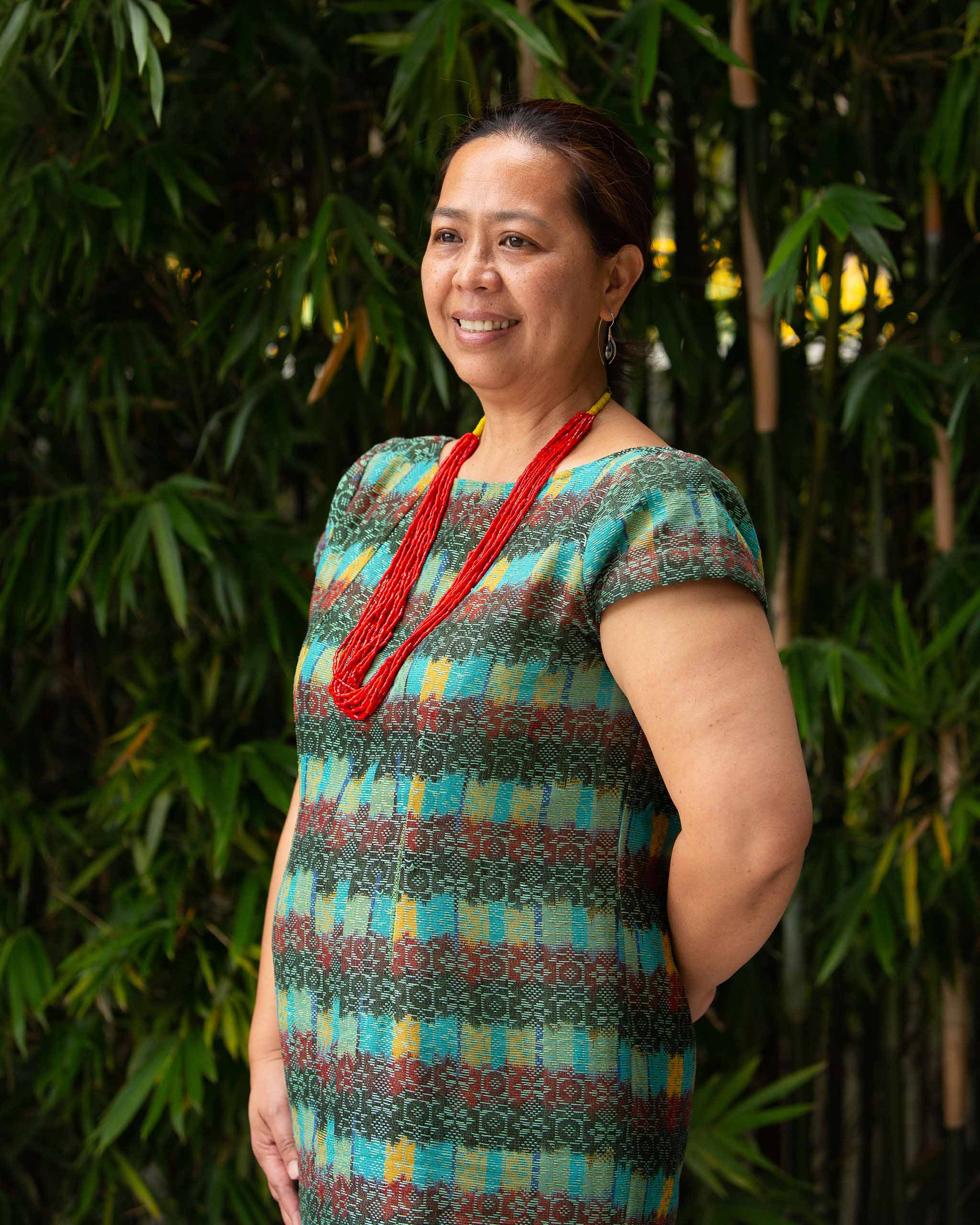Lucia Catanes brought WITS for the first time to the Philippines in December 2024. Photographed by Geric Cruz
“If there’s a project that comes, we find ways to make the project come to life.”
Under overcast skies on a chilly December morning, a section of the Baguio Convention and Cultural Center is closed off. Wrapping around the right corner of the rotunda, a long line of stalls forms a textured display of woven textiles and wares from all over the world: from Cambodia to Mexico, and of course, the Philippines.
Further up the road, a crowd begins to gather at the building’s entrance. It’s the opening ceremony of the 2024 World Ikat Textile Symposium (WITS), a global celebration of weaving traditions and cultural exchange. The four-day event is a dream for any textile enthusiast, featuring an exhibition, artisan bazaar, and weaving workshops. But for Lucia Catanes, the final day holds a special significance.
“You shouldn’t miss the last day,” she shares, excitement palpable. “That’s when all the weavers around the Philippines are going to set up their weaving.”
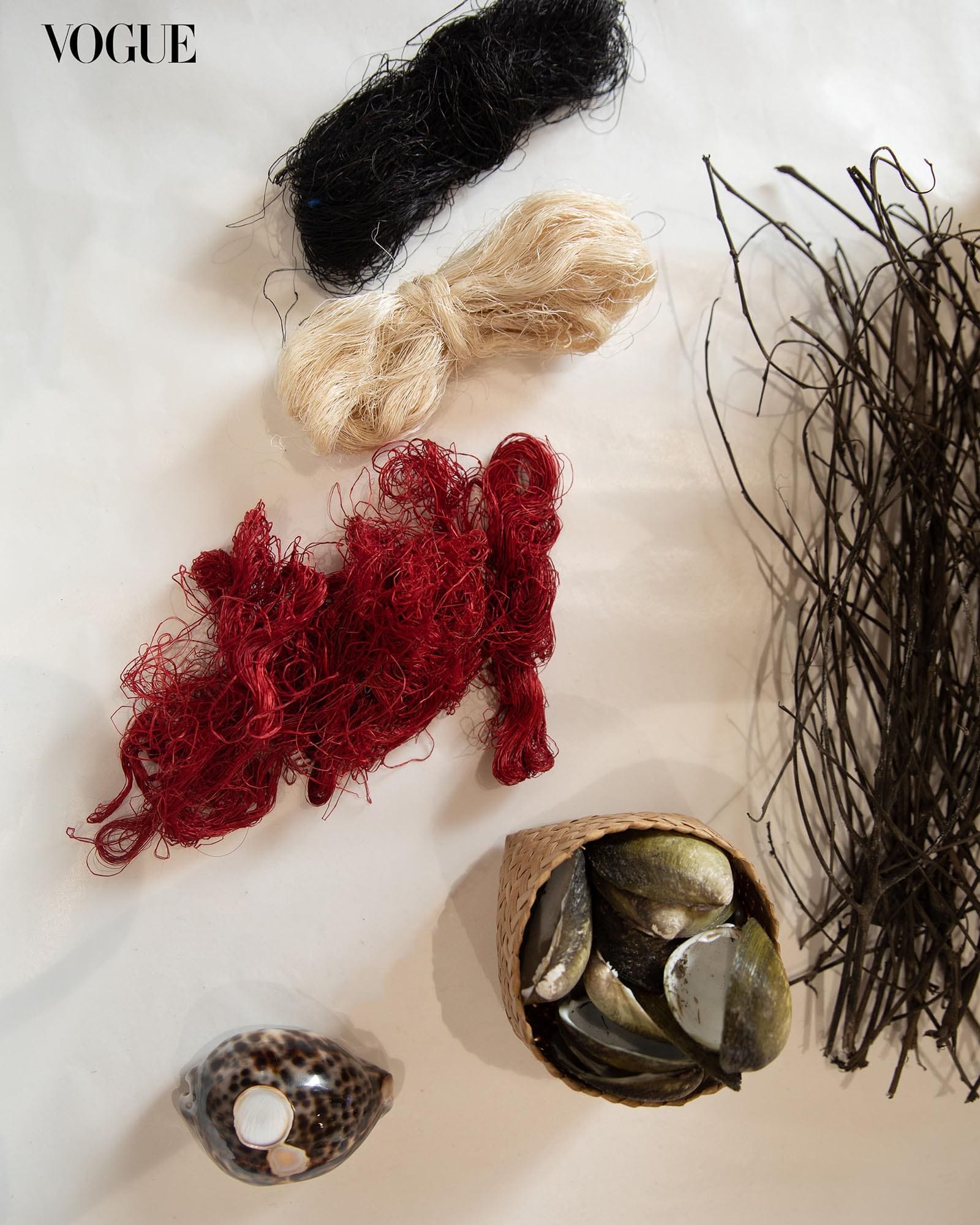
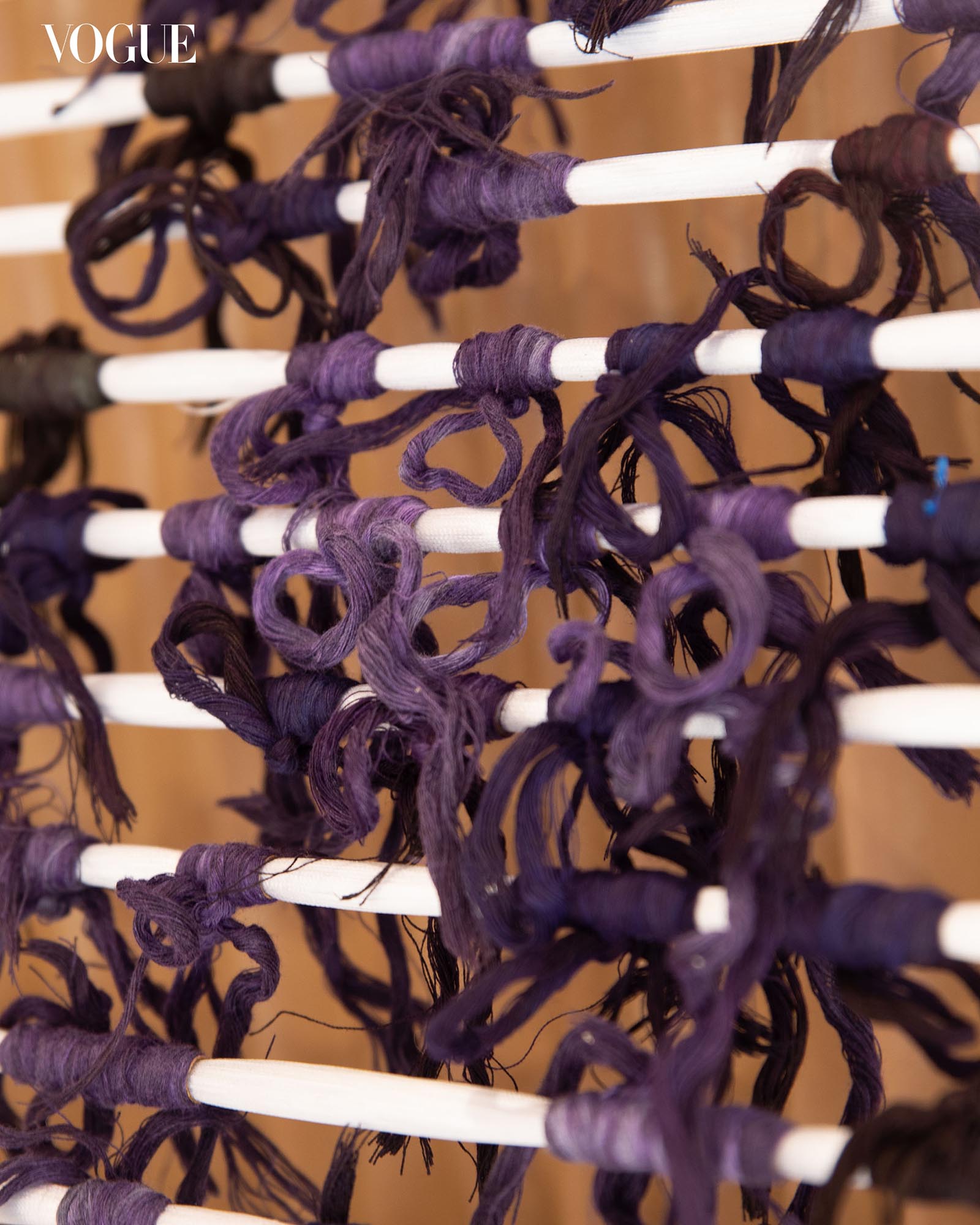
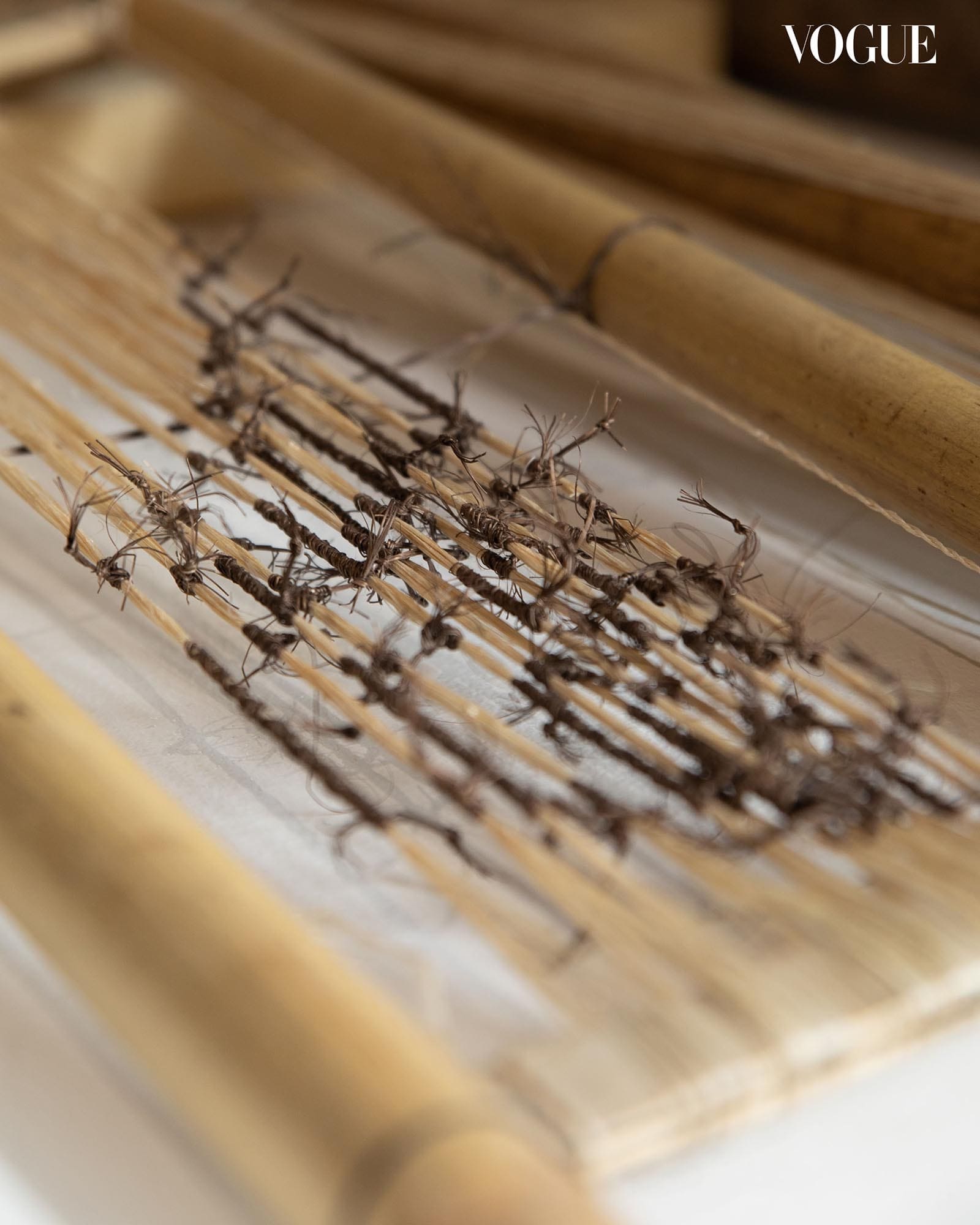
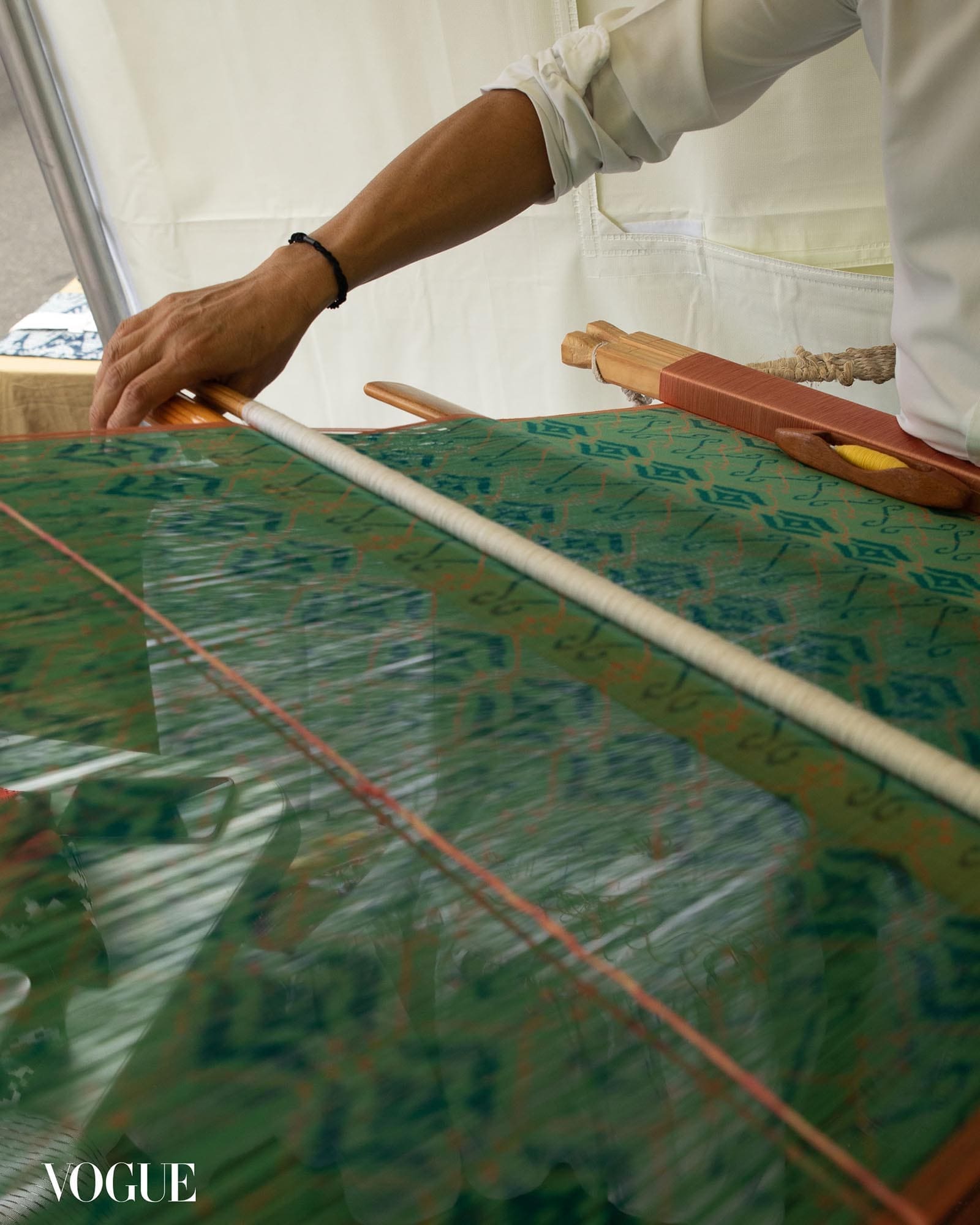
Lucia Catanes grew up surrounded by threads of tradition. As the daughter of Narda Capuyan, the founder of Narda’s Handwoven Arts and Crafts which was founded in the 1970s, she witnessed firsthand the evolution of the weaving industry in the Philippines. Today, she carries on her late mother’s legacy, saying she describes her role as a ‘connector.’ “I’m just like my mom. I connect people,” she explains. “If there’s a project that comes, we find ways to make the project come to life.”
Bringing WITS to the Philippines was a milestone achievement for Catanes. This edition in Baguio marked the first time the symposium was held in the country, and it was also the first global gathering after the pandemic, making it a momentous occasion. Catanes has attended in previous editions all over the world over the past years, but she was determined to finally bring it to her homeland. “If I were selfish, I’ll keep it to myself, so I’m the only one who learns,” she says. “If I brought it here, all the other weavers all over the Philippines can come and learn from all the exhibits.”
The event featured some of the most esteemed names in Philippine textile heritage, including three National Living Treasures (GAMABA) awardees: Barbara Ofong (T’boli weaving), Samporonia Madanlo (Mandaya weaving), and Rosie Sula (T’boli performance). WITS also brought in master weavers from various regions, each carrying centuries-old techniques and stories woven into their textiles.
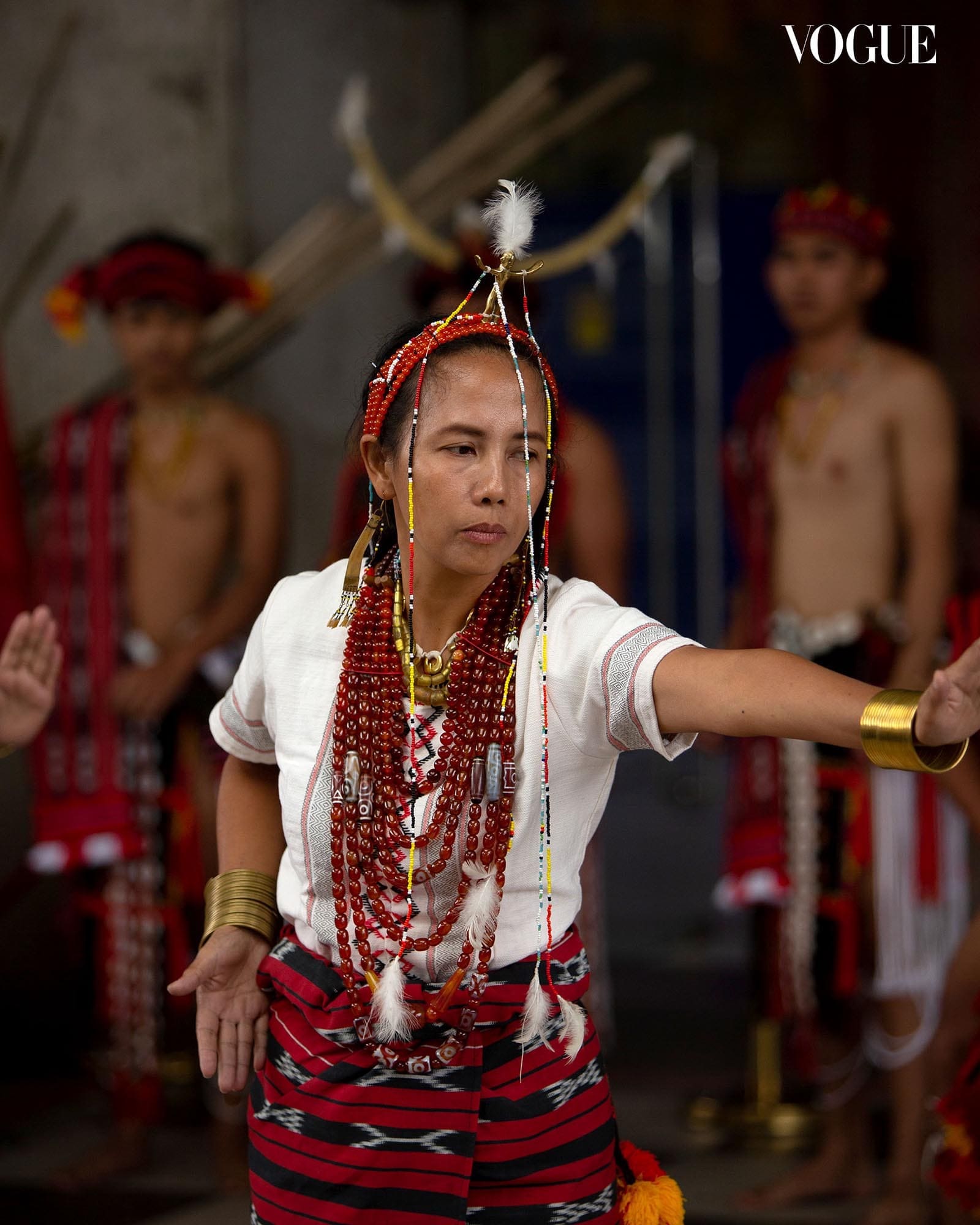

Ikat, of course, is the star of the show. Ikat is one of the most intricate textile techniques in the world, known for its distinctive patterns and painstaking dyeing process. The word “ikat” itself comes from the Malay-Indonesian term meaning “to tie” or “to bind,” referring to the resist-dyeing method used to prepare the threads before weaving. The technique involves binding sections of the thread with materials such as rope, coconut coir, or abaca to resist the dye when immersed in a dye bath. This creates a pre-determined design that only fully emerges when woven on a loom.
For many indigenous communities, more than just fabric, ikat is a cultural archive, a sacred art passed down through generations. However, this is one of the biggest challenges faced by the ikat industry: the decline in younger weavers. Many young artisans opt for more stable jobs in urban areas, leaving weaving traditions at risk of disappearing.
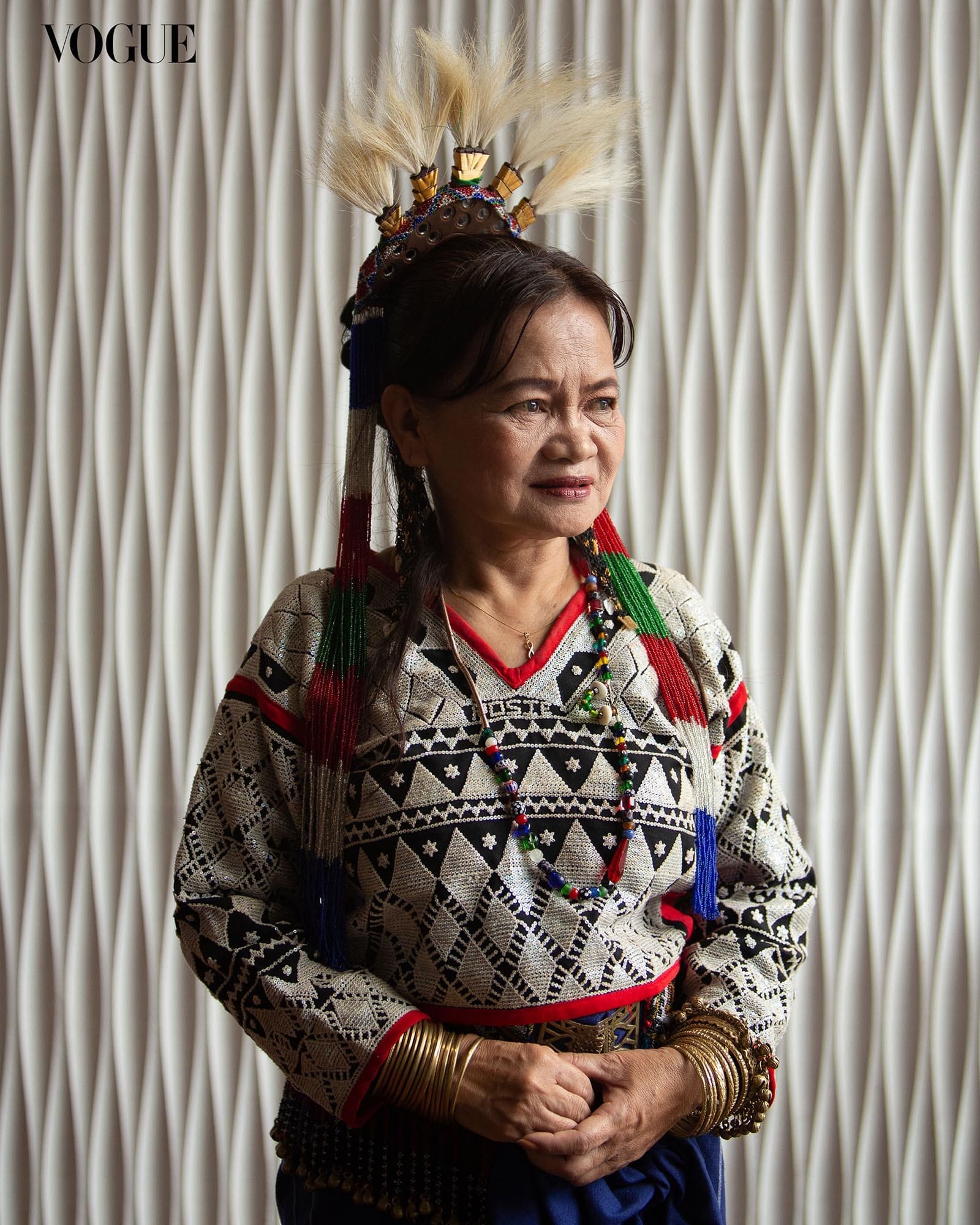
“We encourage the youth to take up craft. It holds you to your roots,” Catanes says, further explaining everyone’s role in preserving culture. Events like the symposium play a role in promoting the craft, but they are far from the only way to sustain its legacy. “We don’t just ‘talk’ about ikat. We wear our woven materials every day. When we keep wearing them, then the weavers keep weaving, the dyers keep dyeing.”
At least according to Lucia, her own blood makes sure that the future of this art form will be in good hands. “I’m glad my daughter is already into it also. She just got into it,” she shares. “She’s studying for another pathway. But I said, you always can take it up. If it’s in you, you can keep it up.”
On the final day of the symposium, participants left the convention center and traveled to WINACA Eco-Cultural Village, nestled in the scenic mountains of Benguet. A project envisioned by Narda and Wilson Capuyan in the 1980s, the village functions as a tourist spot but more importantly, a vanguard of cultural preservation and environmental sustainability. Aside from showcasing heritage textiles and safeguarding their techniques, WINACA also implements gardening and tree-planting programs as well as other environment-focused activities.

Against the backdrop of pine trees and misty peaks, the heritage village transformed into a sanctuary of creativity and exchange. Attendees watched as weavers demonstrated their techniques, from the meticulous tying of threads to the rhythmic movements of the loom. The event fostered connections between artisans and audiences, offering an intimate glimpse into the world of ikat. Participants engaged in dialogues with master weavers from Ifugao, Ibaloy, Mt. Province, Isinay, Blaan, Bagobo-Tagabawa, Iranun, Mandaya, Meranaw, and T’boli communities.
Hosting the event alongside Catanes were her father Wilson, husband Jimmy, and daughter Madeleine, who warmly welcomed guests. Their presence underscored the intergenerational nature of the weaving tradition: a legacy carried forward not just by weavers but by the families and communities that support them. For Catanes, the symposium was just the beginning. “To bring WITS to the Philippines, it’s a great exposure for everybody to learn,” she reflects. “That’s the goal: expose the weavers to the world.”
By CELINE LAGUNDI. Associate Fashion Features Editor: Ticia Almazan. Art Director: Jann Pascua. Producer: Bianca Zaragoza.
